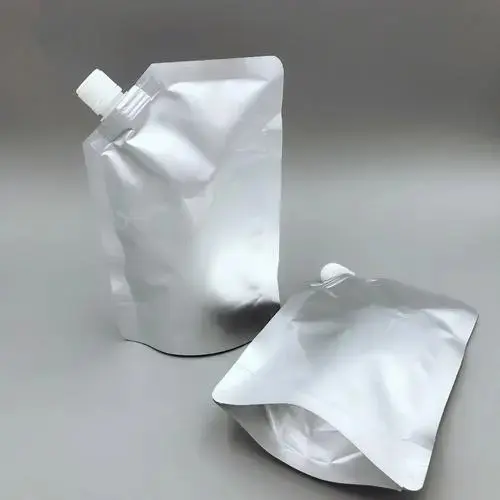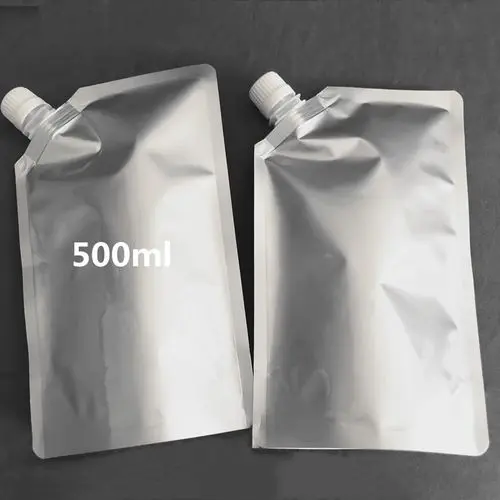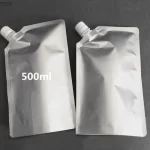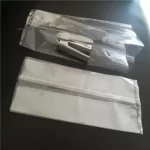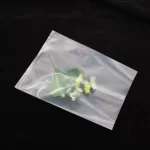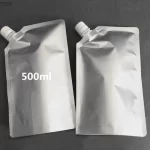China sustainable food packaging factory
The Future of Food Packaging: Embracing Sustainability for a Greener Tomorrow
Introduction
In recent years, the global population has become increasingly concerned about the impact of packaging waste on our environment. As awareness grows, the need for sustainable food packaging has never been more important. This article explores the concept of sustainable food packaging, its significance in promoting environmental conservation, and outlines key strategies for embracing greener packaging solutions.
Section 1: Understanding Sustainable Food Packaging
1.1 Defining Sustainable Food Packaging
Sustainable food packaging refers to the use of materials and techniques that minimize environmental impact while safely preserving and delivering food products. It involves adopting innovative packaging solutions that reduce waste, conserve natural resources, and promote a circular economy.
1.2 Significance of Sustainable Food Packaging
Sustainable food packaging plays a vital role in environmental conservation by reducing carbon emissions, preserving biodiversity, and minimizing waste generation. It helps address the challenges of climate change, plastic pollution, and food insecurity.
Section 2: Key Strategies for Sustainable Food Packaging
2.1 Adopting Eco-Friendly Materials
The choice of packaging materials significantly impacts the sustainability of food packaging. Biodegradable, compostable, and recyclable materials such as plant-based plastics, paper, and bamboo offer greener alternatives to conventional plastic packaging.
2.2 Designing for Minimal Waste
Innovative packaging solutions focus on reducing waste throughout the entire lifecycle. This includes optimizing packaging design to minimize material usage, developing resealable containers, and incorporating portion control mechanisms to reduce food waste.
2.3 Using Renewable Energy Sources
We warmly welcome business partners from all walks of life, expect to establish friendly and cooperative business contact with you and achieve a win-win goal.
Implementing renewable energy sources for packaging manufacturing processes helps reduce carbon emissions and decreases dependency on fossil fuels. The utilization of solar and wind power in production facilities contributes to a more sustainable food packaging industry.
2.4 Embracing a Circular Economy
Shifting towards a circular economy involves designing packaging that can be reused, recycled, or composted. Implementing effective recycling programs and promoting the use of post-consumer recycled materials encourage a closed-loop system that minimizes waste and conserves resources.
Section 3: Innovations in Sustainable Food Packaging
3.1 Edible Packaging
Edible packaging, made from food-grade materials, offers a unique solution to reducing waste. Products such as edible wraps, pouches, and coatings provide a sustainable alternative that eliminates the need for disposal.
3.2 Biodegradable Packaging Films
Biodegradable packaging films made from natural polymers such as cornstarch or seaweed offer a renewable and compostable alternative to conventional plastic films. These films break down into organic matter, reducing environmental impact.
3.3 Smart Packaging Solutions
Smart packaging utilizes technology to monitor food quality, freshness, and safety. This reduces food waste by providing real-time information on product condition and promotes responsible consumption.
Conclusion
Sustainable food packaging is crucial for a greener future. By adopting eco-friendly materials, designing for minimal waste, using renewable energy sources, and embracing a circular economy, we can positively impact the environment. Through innovations like edible packaging, biodegradable films, and smart solutions, the packaging industry can contribute to reduced waste and a more sustainable food system. Let’s embrace sustainable food packaging for a better tomorrow.
We guarantee that our company will try our best to reduce customer purchase cost , shorten the period of purchase , stable merchandise quality , increase customers’ satisfaction and achieve win-win situation .
